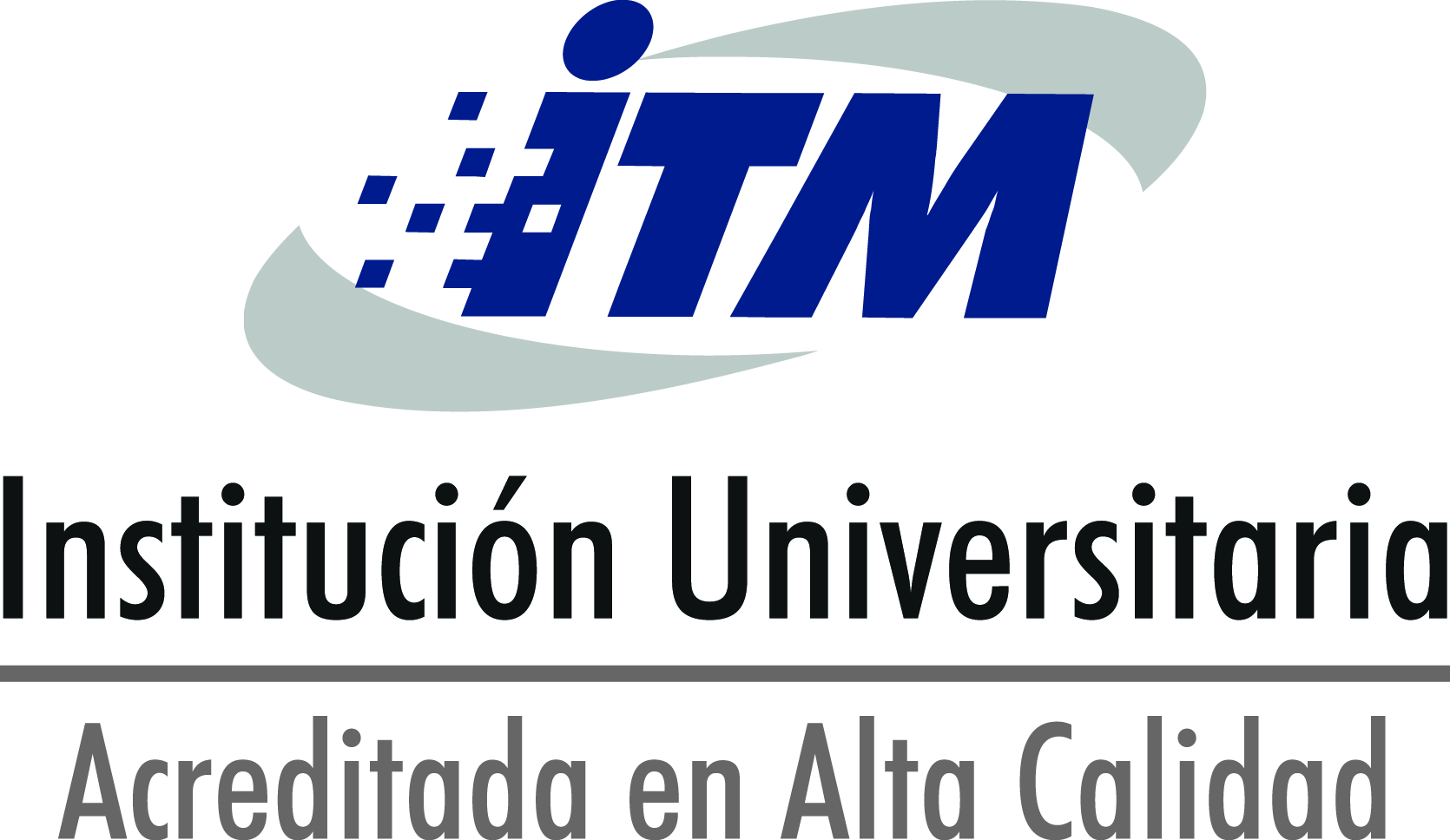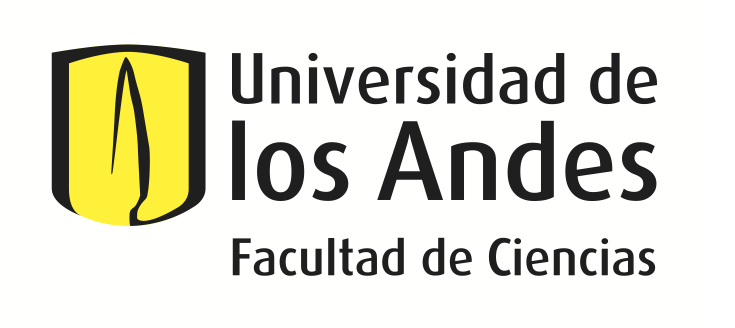- Compact style
- Indico style
- Indico style - inline minutes
- Indico style - numbered
- Indico style - numbered + minutes
- Indico Weeks View
4th ComHEP: Colombian Meeting on High Energy Physics (Barranquilla, Colombia)
→
America/Bogota
Teatrino 1 (Centro Cultural, Universidad del Atlántico)
Teatrino 1
Centro Cultural, Universidad del Atlántico
Universidad del Atlántico
Carrera 30 No. 8-49
Puerto Colombia, Atlántico
, , , , , , , ,
Description
This is the fourth Colombian Meeting on High Energy Physics (4th ComHEP). We hope to bring together young and senior particle physicists from Colombia and abroad, to discuss recent progress in particle physics, cosmology and related areas. The program of the meeting will address a broad range of topics, such as:
- Standard Model and beyond
- Neutrino physics
- Hadron and flavor physics
- Dark matter
- Cosmology
- Cosmic rays
- Future experiments
The fourth edition of this meeting will be held from December 2 to 6, 2019, at the Universidad del Atlántico, Barranquilla, Colombia.
Financial support will be available to a limited number of students presenting a parallel talk or a poster. See the Registration Section for details.
There is no registration fee for this meeting.
Invited Talks
- John Ellis (King's College London) - Beyond the Standard Model
- Rogério Rosenfeld (IFT-UNESP, ICTP-SAIFR, Brazil) - Cosmology
- Riccardo Sturani (International Institute of Physics, IIP, Brazil) - Gravitational Waves
- Andreas Albert (Boston University, USA) - Dark Matter at LHC
- Antonio Cárcamo (Universidad Federico Santa María, Chile) - Models of neutrino masses and lepton hierarchies
- Roberto Lineros (Universidad Católica del Norte, Chile) - Dark matter
- Wolfgang Bietenholz (ICN-UNAM, Mexico) - Lattice QCD
- David Martínez (South Dakota School of Mines and Technology, USA) - Reactor neutrinos
Scientific Organizing Committee
- Alexander Moreno (Universidad Antonio Nariño - Ibagué)
- Bobby Acharya (King's College London, UK- International Centre for Theoretical Physics, Italy)
- Bruno El-Bennich (Universidade Cruzeiro do Sul, Brazil)
- Carlos Andres Flórez Bustos (Universidad de los Andes)
- Carlos Ávila Bernal (Universidad de los Andes)
- Carlos Sandoval (Universidad Antonio Nariño)
- Diego Milanés (Universidad Nacional)
- Eduardo Rojas (Universidad de Nariño)
- Gabriela Alejandra Navarro (Universidad Antonio Nariño)
- Jairo Alexis Rodríguez López (Universidad Nacional)
- José David Ruíz (Universidad de Antioquia)
- Mario A. Acero Ortega (Universidad del Atlantico)
- Nicolás Bernal (Universidad Antonio Nariño)
- Oscar Alberto Zapata Noreña (Universidad de Antioquia)
- Richard Benavides (Instituto Tecnológico Metropolitano)
Supporting Institutions








Participants
ALAMGIR KHAN
ALAMGIR KHAN
Alexander Bonilla Rivera
Alexander Moreno Briceño
alexander oliveros
Allan Felipe Orozco Benavides
Alvaro Javier Guerrero Laos
Andrea Barros
Andreas Albert
andres aponte mendivelso
Andres Gomez
Andrés Felipe Rivera Romero
Andrés Santiago Duque Escobar
Antonio Carcamo Hernandez
Brayan Arroyo
Bruno El-Bennich
Carlos Avila Bernal
Carlos Eduardo Diaz Jaramillo
Carlos Ramirez
Carlos Sandoval Usme
Carlos Yaguna
Concepción Arellano Celiz
Cristhian Rodríguez
Dairo Polo toledo
Daniel Fernando Pulido Guzmán
Daniel Ocampo Henao
Daniela Hernández Otero
Daniela Montes Doria
Danilo Alejandro Arturo
Dario J Blandon Uribe
David Martinez
Deywis Moreno Lopez
Diana Carolina Paternina Domínguez
Diana García Sandoval
Diego Alexander Hernandez Castrillon
Diego Gallego
Diego Restrepo
Eduardo Rojas
Edwin alberto González Hernández
Elizabeth Picón Ferreira
Enrique Arrieta Díaz
Erick Munive
Fabiola María Zuñiga Ortiz
Frank Bula Martinez
Fredy Angel Jimenez Giraldo
Gabriela Alejandra Navarro
Garima Punetha
Ignacio Alberto Monroy Canon
Isaac Daniel Benavides Torres
Ivan Vasquez
Jaime besprosvany
Jairo Alexis Rodriguez
Jassir Enrique Hernández Castilla
Javier Molina Ariza
Javier Reynoso-Cordova
Jessica Lopez
Jhoneimar Guerrero
Jhovanny Andres Mejia Guisao
Johanna Resnick
John Gomez
JONATHAN CARDOZO NUÑEZ
Jorge David Castaño Yepes
Jorge Navarro Estrada
Jose Ruiz
José Halim Montes de Oca
Juan Pablo Arcila Maldonado
Juan Sebastian Alvarado
Juan Sebastian Ordonez Soto
Juan Sebastian Valbuena Bermudez
Julian Steven Gutierrez Saavedra
Kimy Agudelo Jaramillo
Leidy Matilde Portilla Mantilla
Luis Enrique Reyes Rodríguez
Luiz Ricardo Prais
Manuel Rodriguez
Marcela Marín Ochoa
Marco Antonio Arroyo Ureña
Mario A Acero Ortega
Mateo Escorcia
Miguel Sabogal
Moises Zeleny Mora
Natalia Rivera
Nicolas Fernandez
Nicolás Bernal
Omar Pérez Figueroa
Pablo Miguel
Paula Fonseca
Rafael David Nunez Palacio
Ricardo Gaitán
Riccardo Sturani
Richard Benavides
Roberto Alfredo Lineros Rodriguez
Roberto García
Roberto Martinez
Rogerio Rosenfeld
Sair enrique Arquez Mendoza
Santiago Ballesteros
Santiago Gómez Arias
Santiago Jimenez Salazar
Santiago Pena Martinez
Sergio Best
Sergio Jaimes
Sindy Mirella Chamorro Solano
Ubaldo Enrique Molina Redondo
Valentina Franco Velásquez
vlad Pas
Víctor Manuel López Guerrero
Wendy Carolina Gonzalez Olivares
WILLIAM ANTONIO PONCE GUTIERREZ
William Javier Torres Bobadilla
Wilmar Alberto Cardona Castro
Wolfgang Bietenholz
Yadir Garnica
Yharon Junca
Yithsbey Giraldo
Contact



